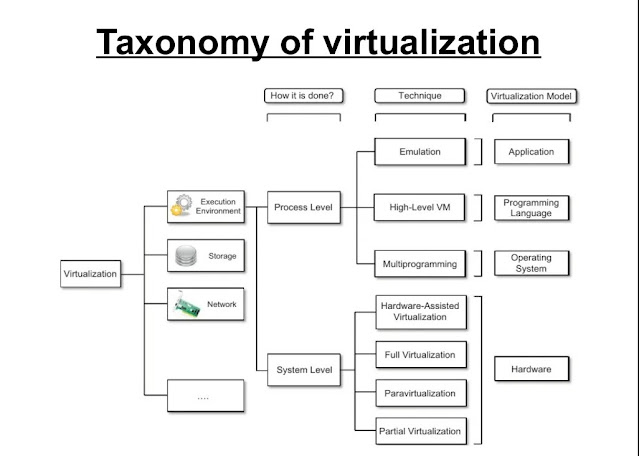Discuss life cycle of servlet. /Explain the steps used in writing servlets with suitable source code and brief description of each step.
A servlet life cycle can be defined as the entire process from its creation to destruction. The following are the stages followed by a servlet lifecycle/ the steps used in writing servlets:
a)Loaded and Instantiated
b) Initialized by calling the init () method
c) Process a client's request by invoking service()method
d) Terminated by calling the destroy() method
e) Garbage collected by the JVM.
a)Loaded and Instantiated
The classloader is responsible to load the servlet class. The servlet class is loaded when the first request for the servlet is received by the web container. Then, it creates the instance of a servlet after loading the servlet class. The servlet instance is created only once in the servlet life cycle.
b) Initialized by calling the init () method
The web container calls the init method only once after creating the servlet instance. The init method is used to initialize the servlet. It is the life cycle method of the javax.servlet.Servlet interface. Syntax of the init method is given below:
public void init(ServletConfig config) throws ServletException
c) Process a client's request by invoking service()method
The web container calls the service method each time when request for the servlet is received. If servlet is not initialized, it follows the first three steps as described above then calls the service method. If servlet is initialized, it calls the service method. Notice that servlet is initialized only once. The syntax of the service method of the Servlet interface is given below:
public void service(ServletRequest request, ServletResponse response)
throws ServletException, IOException
d) Terminated by calling the destroy() method
The web container calls the destroy method before removing the servlet instance from the service. It gives the servlet an opportunity to clean up any resource for example memory, thread etc. The syntax of the destroy method of the Servlet interface is given below:
public void destroy()
e)Garbage collected by the JVM
Once the servlet is destroyed, garbage collector component of JVM is responsible collecting the garbage's.




Comments
Post a Comment